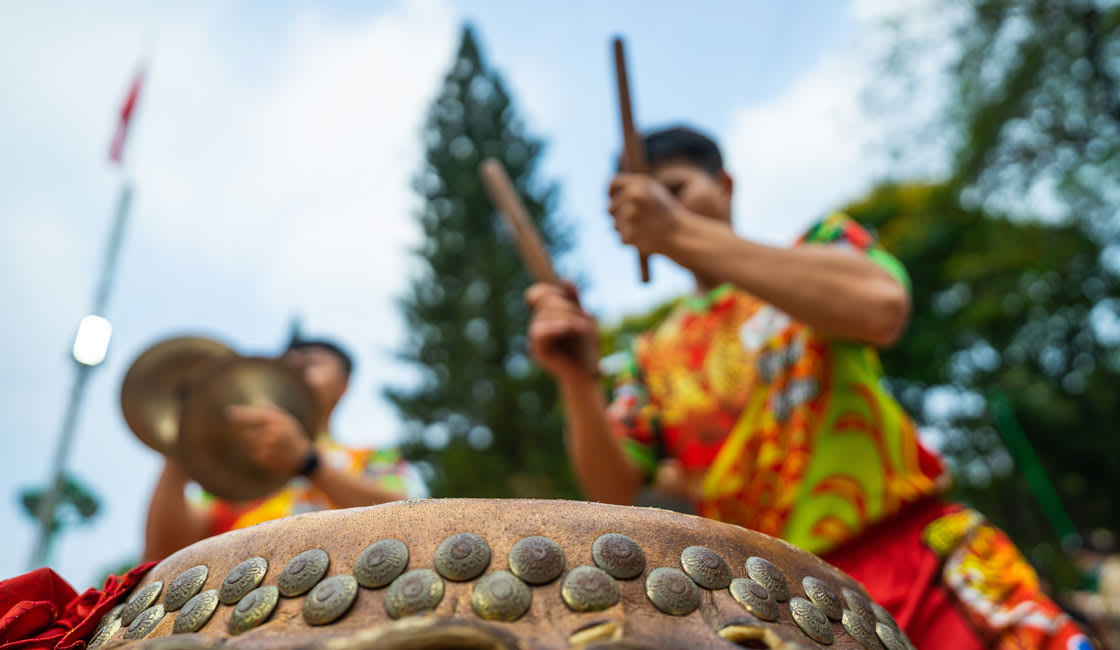
If you’re planning on heading to Southeast Asia, the best time to visit may not necessarily be down to the weather. Timing your vacation so it coincides with a festival is a great way to make your trip all the more memorable, not least because festivals are a wonderful way to experience and appreciate the local culture.
Here is a selection of our favorite Southeast Asia festivals to attend if you get the chance. It’s always great time to travel to Southeast Asia and if you can get even closer to the local culture by observing the traditional festivals – how good can life get? Get your camera ready!
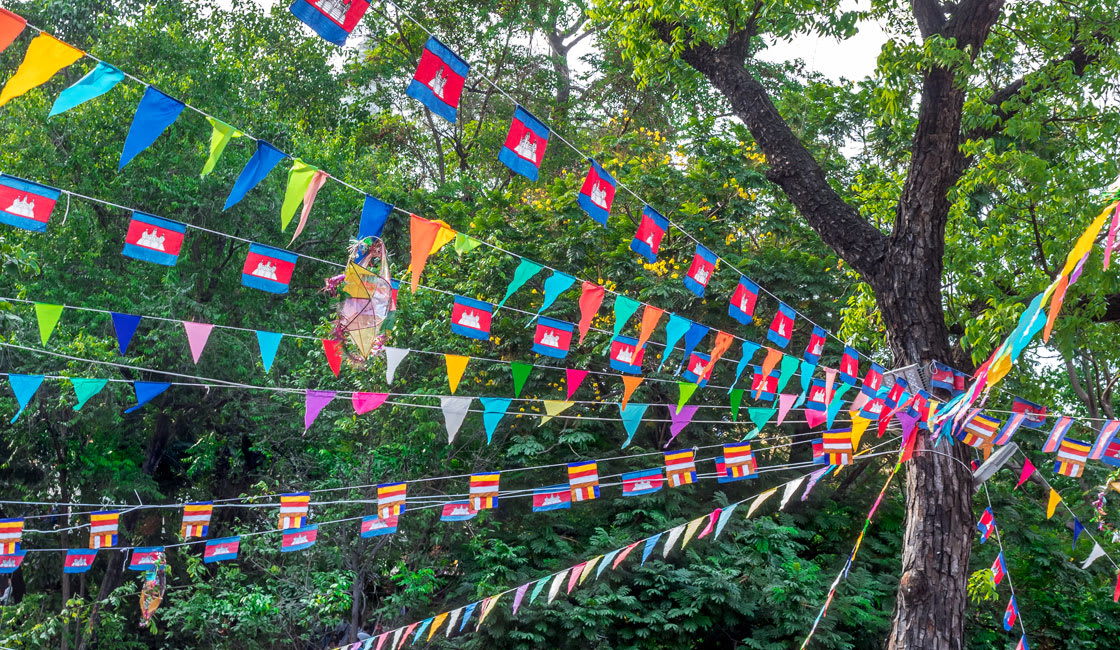
Tet Nguyen Dan (shortened to ‘Tet’) marks Vietnam’s advent of spring and Lunar New Year. Falling between January and mid-February, the official seven-day Tet public holiday can mean services, attractions, and transportation disruptions, but you also get to experience traditional and colorful customs and festivities across the country, including fireworks, live concerts, Buddhist pagoda rituals, and lantern and flower festivals. When planning your trip to Vietnam in the time of TET, make sure to check if the sites or activities on your itinerary will be available.
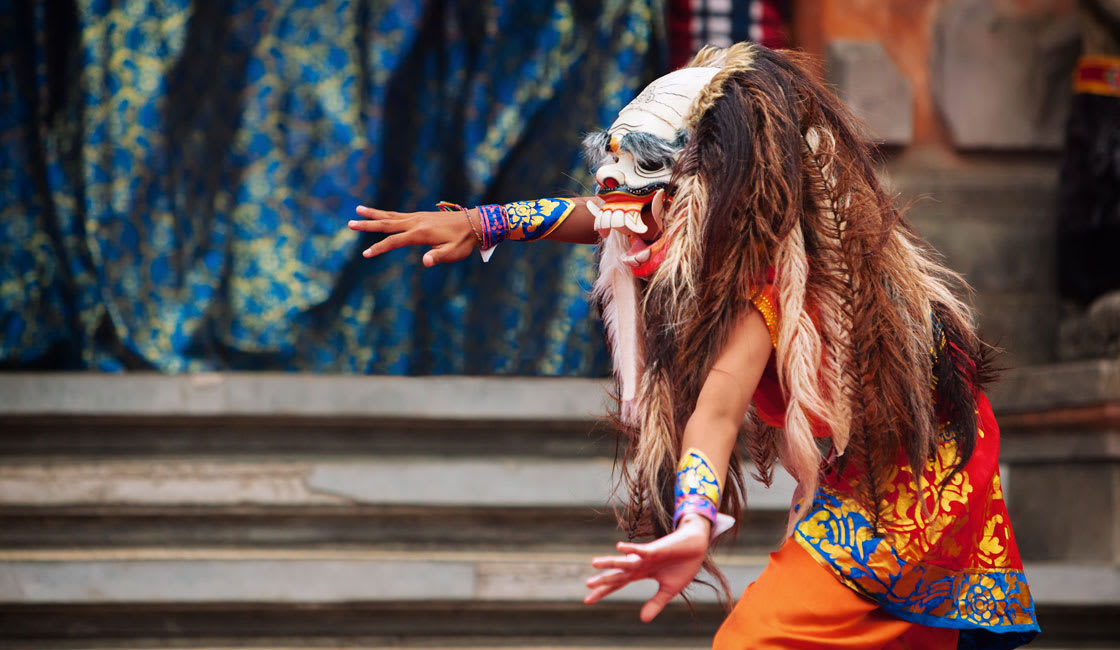
Unique to Balinese Hindu culture, Nyepi, or “Day of Silence,’ commemorates the Balinese New Year. Falling sometime in March, from 6 am to 6 am the next day, all businesses, services, transportation, even the airport, are closed and the streets and beaches are empty as the island’s entire population observe a religious period of self-reflection and quiet.
Everyone on the island must remain in their homes or hotel with limited use of lights and electricity. The night before is in complete contrast, with the riotous parade of ‘Ogoh-Ogoh’ – giant effigies of demonic creatures – through Bali’s main streets. Planning your Indonesian vacations, you might want to take it under consideration. It can be a very magical time, but if you’re hoping for entertainment and sightseeing, you might want to move your dates by couple of days.
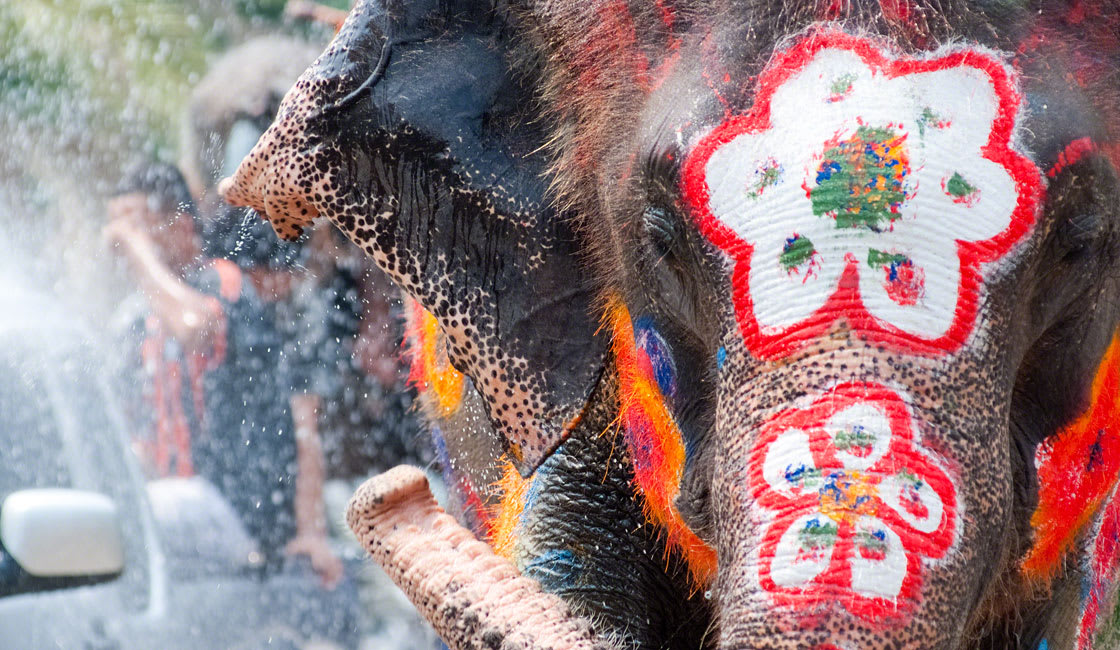
Deeply rooted in traditions, Songkran welcomes the Thai Buddhist New Year and fresh beginnings, at temples, where locals sprinkle holy water over each other and wash Buddhist statues in a symbolic ritual of cleansing of the sins. Nowadays, Songkran has also evolved as Thailand’s world-famous water festival, with three days of watery mayhem taking place across the country during mid-April.
Young, old, locals and visitors take to the streets armed with water pistols, super soakers, and buckets for one of the planet’s biggest water fights.
Simultaneous to Thailand’s Songkran, this three-day festival is celebrated across Cambodia with religious ceremonies and water blessings, commonplace at shrines and temples. Locals sprinkle holy water over various body parts and build sand mini-stupas decorated with five Buddhist flags, symbolizing Buddha’s five disciples.
This Laotian festival not only welcomes the Buddhist New Year but marks the beginning of the monsoon season. Water also plays a major role as a spiritual symbol of ‘cleansing’ as homes, Buddha images, and locals are blessed and ‘sand mini- stupas’ are built on temple grounds.
Celebrated for four to five days, this Burmese Buddhist New Year’s celebration also involves water; in rural areas the tradition involves the sprinkling of scented water from a silver bowl, in urban areas, there’s a festive atmosphere akin to Songkran, besides street performances.
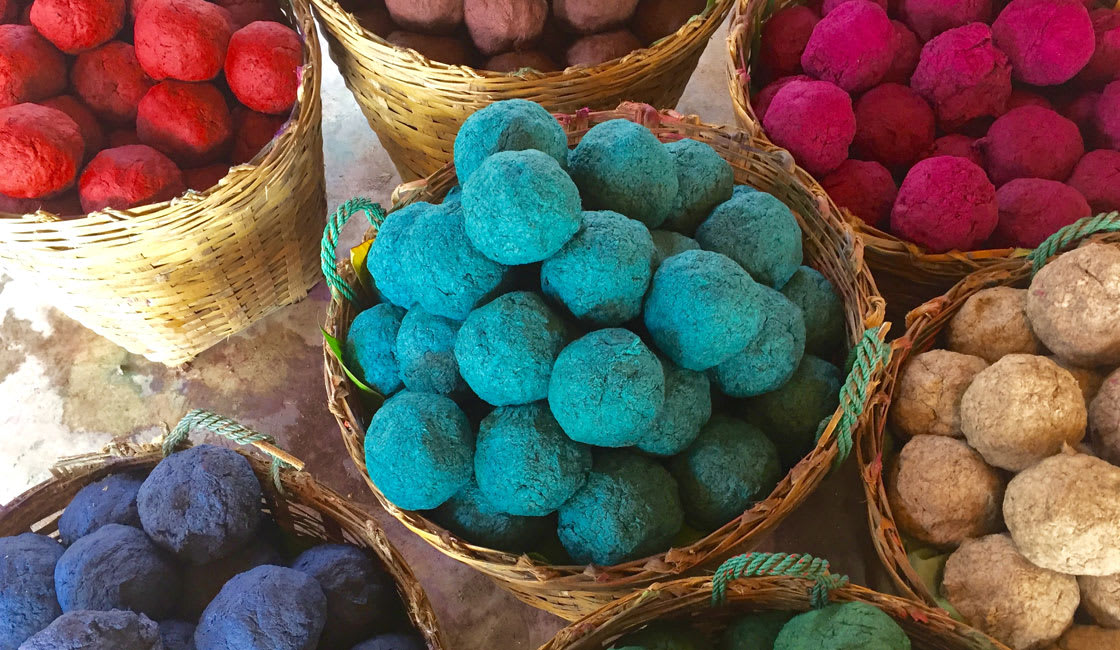
This crazy, fun, and noisy Rocket Festival between April and June marks the start of the rainy season in rural areas across Laos and northeastern Thailand. Following ancient customs, local farming communities ask the Rain God to make waterfall from the skies onto their crops, following the end of the dry season. The three-day Boun Bang Fai festival features floats and live performances besides a village rocket-firing contest with ‘weapons’ created from bamboo.
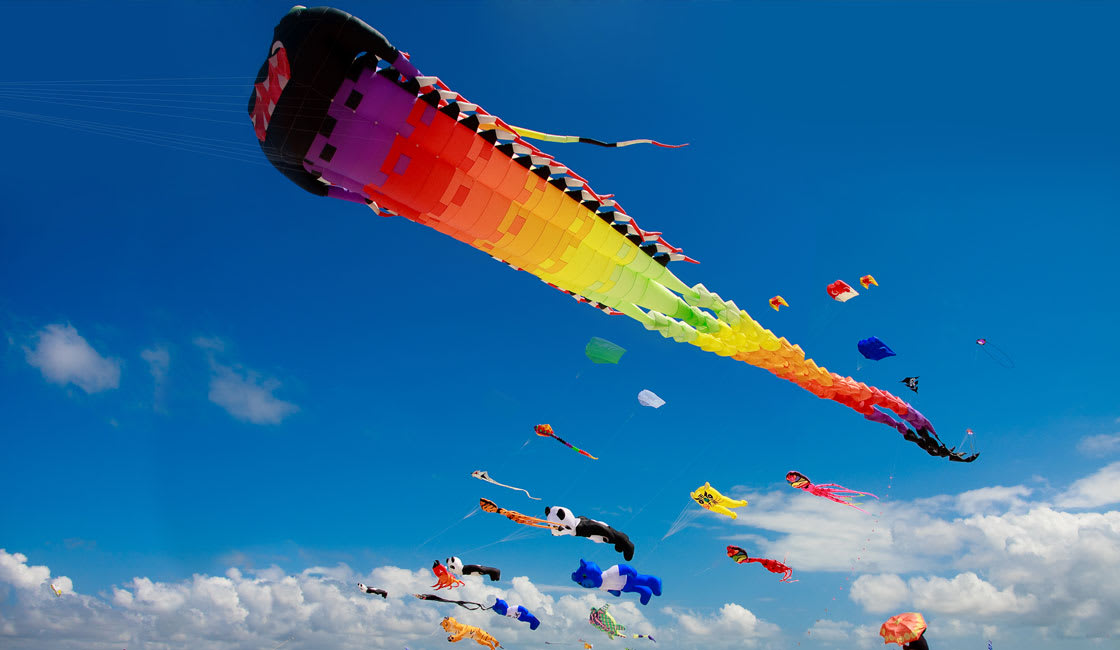
Stunning kites of all different shapes, colors, and sizes take to the skies above Sanur’s extensive golden sand beach. Teams from local villages battle it out in competitions for the best launch and longest flight. As well as a spectacular sight attracting thousands of spectators. These kites send signals to the Balinese Hindu Gods to generate plentiful harvests in the year ahead. This is one of the best times to be in Bali – if you’re thinking of visiting Bali, this could be something to aim for!
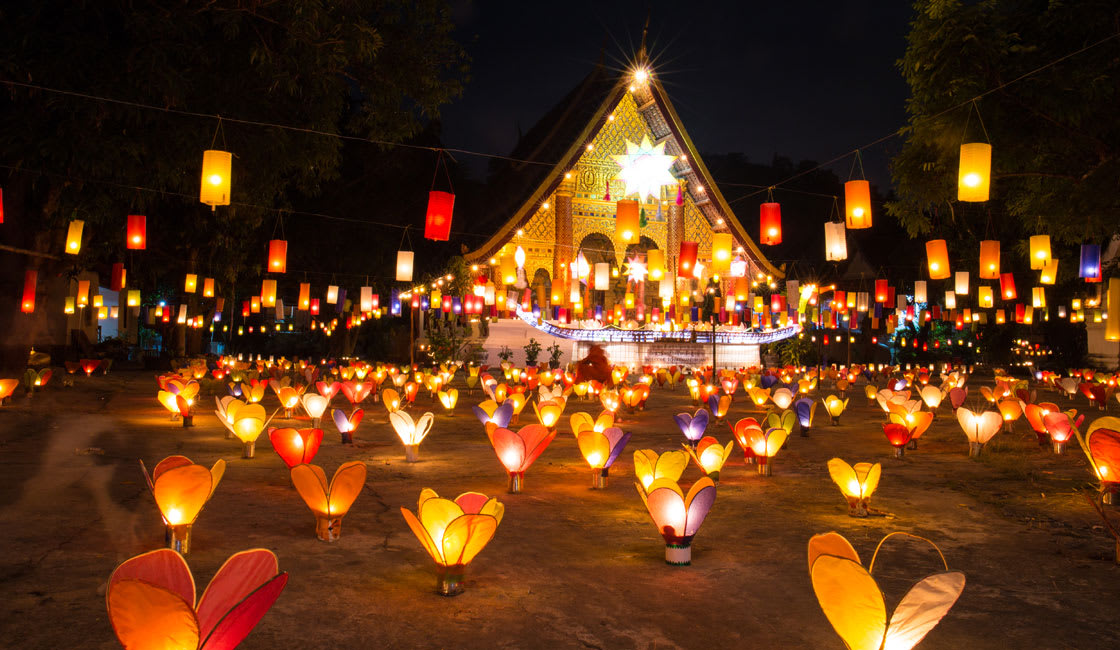
Rooted in agricultural traditions, Awk Pansa, or “leaving the rain season” is celebrated across these three nations with boat processions and races, on the night of the full moon in October, marking the start of a new season and planting of crops.
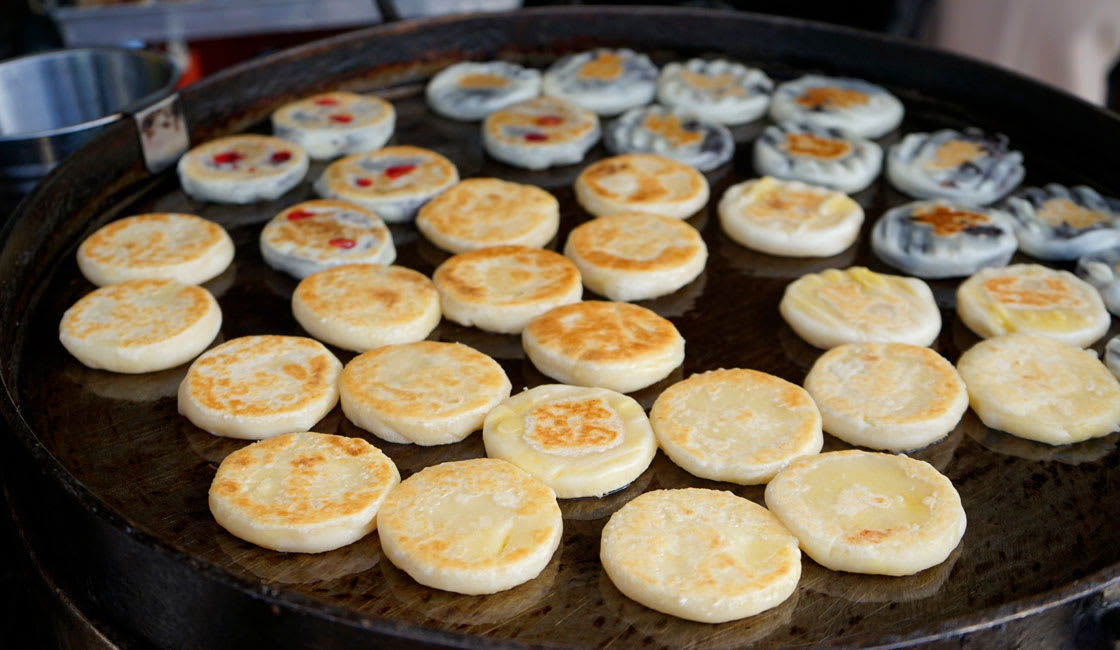
Not a vegetarian food festival, but gruesome ‘celebrations’ lasting around 10 days in Phuket Island’s Old Town amongst their Thai-Chinese communities. The origins of this ‘Nine Emperor Gods Festival’ lie in ancient Taoist beliefs; devotees take to the streets to perform acts of self-mutilation in a trance-like state, believed to demonstrate devotion to ancestors and the Gods and dispelling evil spirits from town! Phuket Vegetarian Festival gathers crowds of locals and tourists every year, and if you’re traveling to Thailand in the fall, why not plan on being in Phuket at that time?
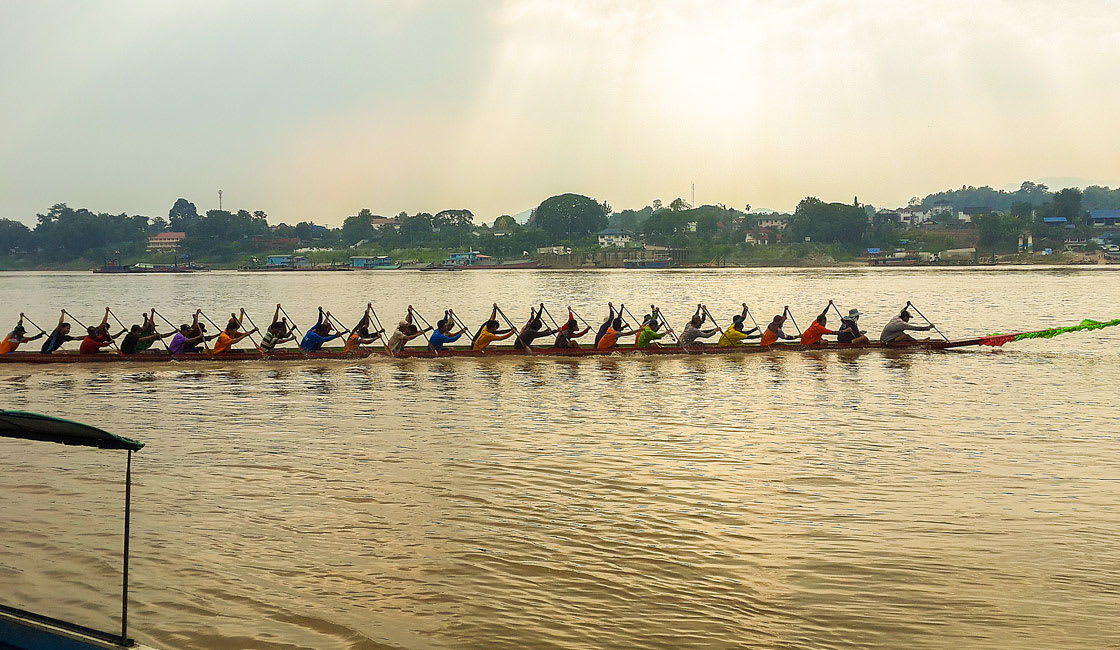
After the rice planting season is over, the riverside villages of the Mekong are abuzz with excitement as they prepare themselves for their annual boat racing festival. Teams of rowers may start practicing weeks or even months before the boat racing season begins! Regardless of the outcome of the races, everyone joins in the celebrations. For those taking it seriously, the winners get to participate in the national competition held in Vientiane (Boun Xuang Heua) held at the end of Buddhist lent.
On November’s full moon, this ‘Festival of Lights,’ marks the end of the rainy season, with night skies across Thailand magically illuminated with glowing paper lanterns (Krathong), released simultaneously to float-up to the skies, symbolizing the release of ‘durkha’ (suffering), or worries. Buddhist devotees also float candle-lit mini-boats on rivers and lakes, sometimes placing personal mementoes inside to represent moving on from the past.
The three-day Khmer Water Festival ( ‘Bon Om Touk’) also begins on November’s full moon night, not only marking the end of Cambodia’s rainy season, but the beginning of a plentiful fishing season. Observed across Cambodia, the largest celebrations take place in Phnom Penh, with street parades, fireworks and dragon boat races.
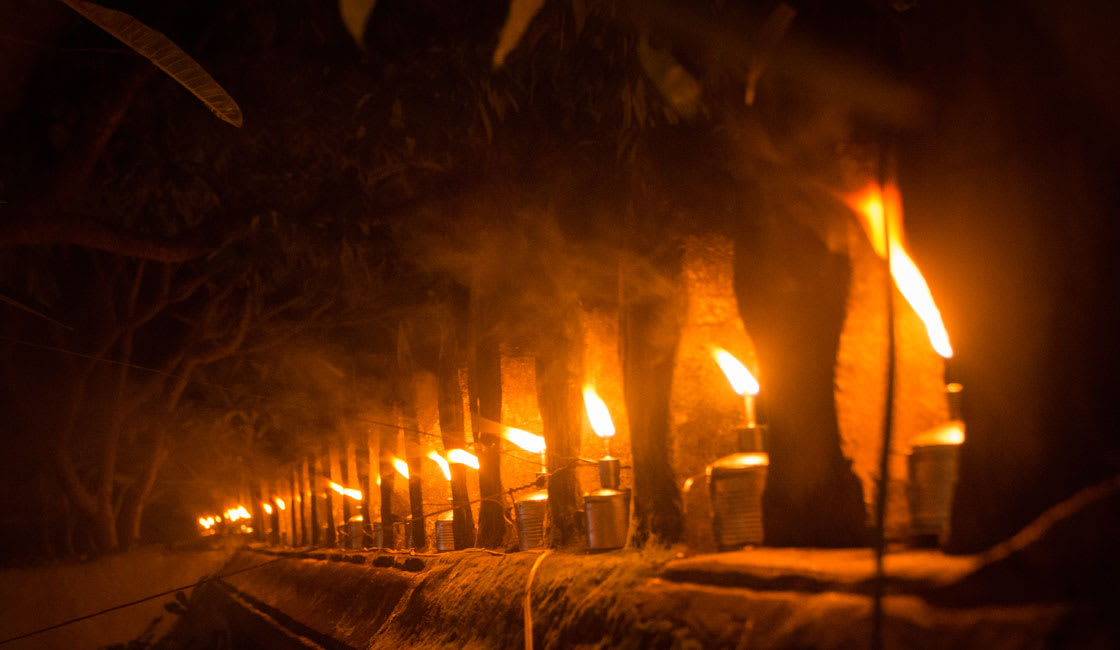
Vientiane’s most important Buddhist festival, Boun That Luang, is held over three to seven days during November’s full moon at the golden stupa of Pha That Luang. It begins the evening before with a colorful candlelight procession of phasats (literally ‘wax castles’ but in reality more like tall yellow trees with wax petals covered in gold paper and kip notes) all the way from Wat Simeuang and continues through the next afternoon until reaching its final destination of Wat That Luang, the national symbol and most important religious monument in Laos.
Thousands of people attend, all adorned in their best clothes (with the exception of those in the parade of Lao ethnic costumes) and carrying their own glittering creations as homage to Buddha.
While Rainforest Cruises aim to provide accurate and up-to-date information, we make no representations as to the accuracy or completeness of any information herein or found by following any link on this site. Rainforest Cruises cannot and will not accept responsibility for any omissions or inaccuracies, or for any consequences arising therefrom, including any losses, injuries, or damages resulting from the display or use of this information.




